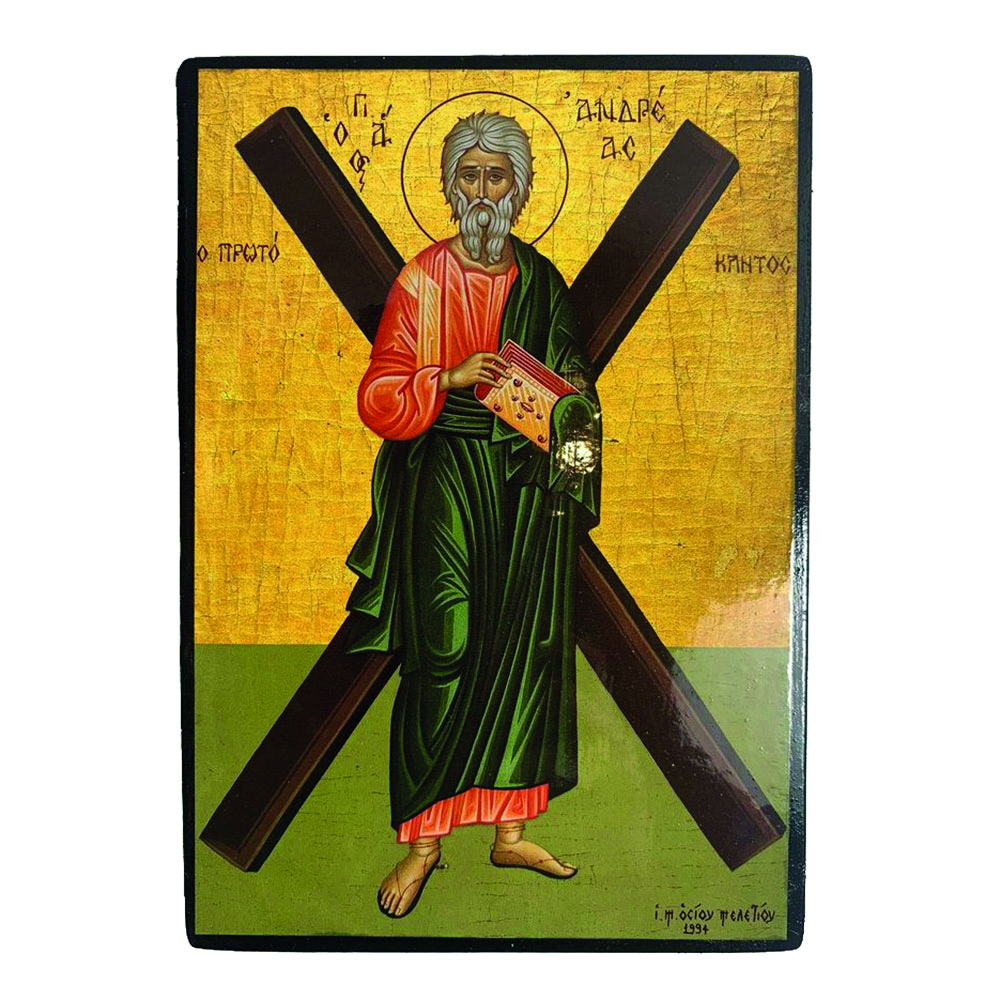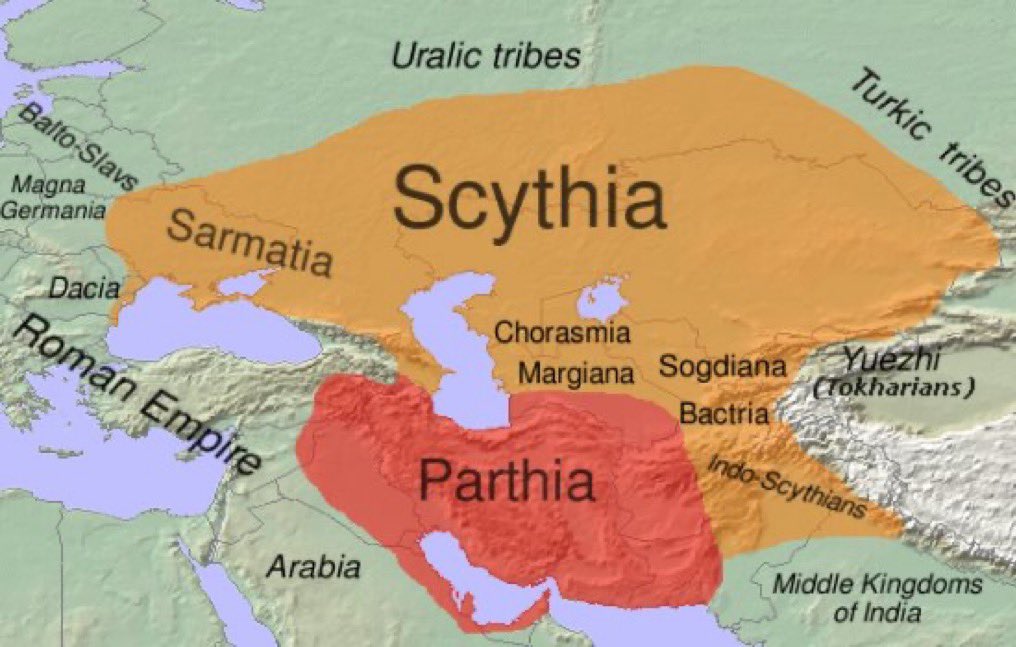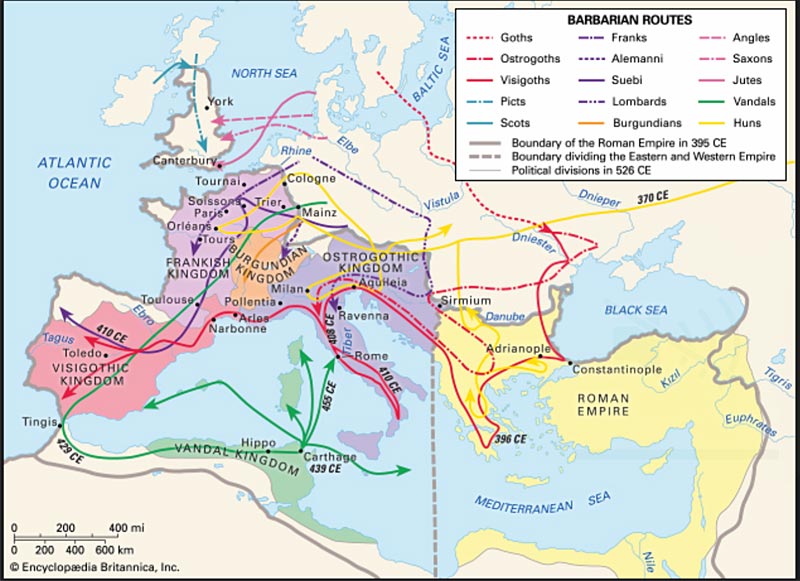JUST LEGENDARY
Surprisingly there are quite a few links between British Legends and Central Asia. Quite a few of these links are already known, but it’s only really with the emergence of Central Asia onto the world scene that they are becoming better appreciated. Some of these historical links are mentioned below. I have had great fun discovering them.
While in central Asia and Kazakhstan, I noticed several histories that could have been the origin of British legends. Some of these legends and histories were obvious and some were more subtle. The emergence of central Asia is bringing some of these legends to light. I will mention a few of them in this article.



- St. Andrew and St. Mathew
St Andrew is famous as the patron saint of Scotland. Less well known is that Saint Andrew is the patron saint of Scythia. Where is Scythia? Scythia is a group of nations, or nation, that existed on the central Asian steppe, Kazakhstan, and northern Eastern Ukraine/Russia starting hundreds of years before the time of Christ. The origin of the word Scota is Scythia or Skythai. According to several old documents, including the declaration of Arbroath, the Scottish were Scythian.
St Andrews remains where moved from a burial site near the northeast Caspian Sea to Scotland. Interestingly Saint Matthew was also rumoured to be buried near lake Issykkul. A map called the Catalan map, held in the Bibliotech National de Paris, clearly shows a monastery on lake Issyk Kul which is marked as the burial site of Matthew. I have been there myself. It was covered in Jerusalem roses, and you can still get into the catacombs, though they clearly haven’t been renovated since construction. The entrance was small and I only went in because a woman went first like a rabbit. “The spot is named Isikol. Here is a monastery of Armenian brethren, which is said to possess the relics of Saint Matthew the Apostle and Evangelist”, reads the caption to a building in the oriental part of the Catalan atlas.
St Matthew and Saint Andrew therefore seemed to have met their end in central Asia and Kazakhstan. I have sometimes heard that Saint Matthew died while visiting India. At first this confused me, but then I realised that the Tienshan mountains were, once upon a time, the border with greater India. Maybe the legends of Jesus spending his younger years in India are true, but that’s another story.
- Princess Scota
Princess Scota, married to a Scythian Prince called Gaythelos, was the daughter of an Egyptian pharaoh. Both Scota and Gaytheloss fled Egypt in exile around 1,300 BC, after losing a civil war in Egypt. First sailing to Spain, then to Ireland, according to various sources and ancient texts. Gaytheloss is said to have brought one of the ‘post confusion’ 72 Tower of Babel languages with him to Ireland; Gaelic. Gaytheloss was a Scythian prince, the Scythians being strongly linked to Scots. With strong links to Hebrew, Gaelic was likely descended from Egyptian, or at least had strong links.
Princess Scota is said to have died while fighting a battle with the legendary Tuatha Na Danan in the south of Ireland. You can still visit her burial site today. The Tuatha Na Danan, along with the Picts of Scotland, were also supposed to be descended of the Scythians The Tuatha Na Danan were also known as the tribe of Dan from Israel. Several rivers, such as the Danube, were also named after them in Central Europe and Ukraine. - The Stone of Scone
Famously, princess Scota is supposed to have brought the stone of scone with her from Egypt. The stone of scone, or the stone of destiny, is famous because all English and British royalty is crowned while sitting on the stone. The stone is said to be an object of contention between England and Scotland, changing location between England and Scotland several times. Princess Scota and her descendants established themselves in Ireland. Eventually her Descendants went on to conquer Scotland from Ireland, where it is known to this day. - Gog and Magog
In guildhall in the centre of the city there are two giants; Gog and Magog. Gog and Magog are virtually described as individual tribes or lands in the North beyond the gates of Alexander. They are often associated with the Scythians or the Goths. Some of you may remember from your history lessons that Rome fell to the goths, such as the visigoths and ostragoths.
Each time there is a march upon an election of the Lord Mayor of the city of London, the traditional giant guardians of the City of London, Gog and Magog (or Gogmagog) are carried at the head of the procession. Said to accompany Brutus who fled from the fall of Troy, in one legend, Gogmagog were throne to their death off the cliffs of Cornwall and Brutus founded new Troy, otherwise known as London.
Gog maybe another way of pronouncing goth, with Magog meaning ancestor of goths in the same way that almati is the ancestor of apples. - Iron Curtain
The iron curtain was said to be an imaginary line dividing Europe between Eastern Europe and the Soviet Union and western Europe and the UK. It was first coined by Winston Churchill in a speech in 1946. Churchill was referring to the gates of Alexander as mentioned in the Quran, built to protect the south from barbarian hordes. I have often wondered where the gates of Alexander are, the location being lost in time. After much research I have to come to the conclusion that they may have been located in the Talgar pass, in Kazakhstan, but may also be the wall that linked the mountains to the Caspian Sea. The gates was supposedly built to protect the south from the barbarians in the North. The implication of Churchill’s reference was that the Soviet Union was the barbarian hordes. - The Saxsons and the Sax
Chief of the tribes of Scythians, the Sax, had their capital city in Issik. I had the pleasure of visiting the small museum set up in several yurts dedicated to the ancient city of Issik. The old archaeologist pointed out several of the features in the landscape including the palaces of the horses. Set in a valley of geomantic circles, Issik was destroyed in a great flood. One of these geomantic circles can be detected around Talgar, Kazakhstan, in spring, and we visited one circle of special purple stones between Talgar and Issik. There is a stone circle like Stonehenge in the mountains above Issik, now closed to the public. The Saxons are the sons of the Sax, and the ancestors of the Anglo-Saxons. The Sax supposedly travel down from Siberia following a great global flood. They may have travelled from what was once known as Hyperborea. The Kazakh’s are the spirit of the Sax, the ‘Ka’ coming from ancient ‘Ka’ and ‘Ba’; the ‘Spirit’ and the ‘Body’. My own name means the ‘spirit’ of the Don, or people; ‘Gas’, or Kaz, ‘ton’.
Of course, the Anglo-Saxons are well known to British history being ancestors. The tribe of Dan, the Danish, Denmark, are also well known in the Tuatha Na Danan, or ancestors of the Irish. The Angles, or angels, are another story for another article, as are the Jutes, who also have Central Asian roots.
Although these legends are just that, legends, they each have multiple sources in historical and old documents. Many British legends have self-evident central Asian sources, even if these sources are not recognised as fact, or even at all. They have been fascinating to discover and reveal that the world was once interconnected more than we realise.
by Bruce Gaston
